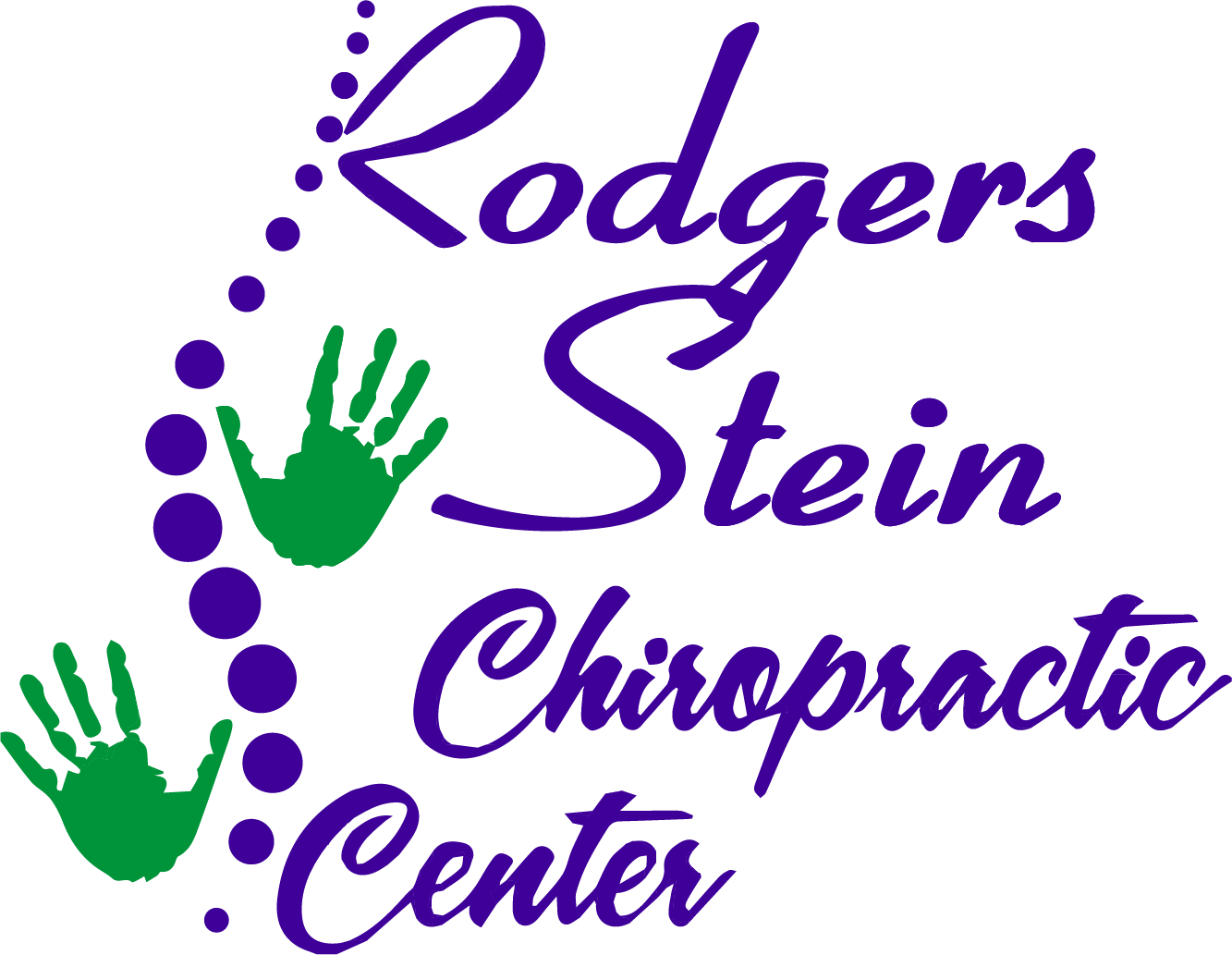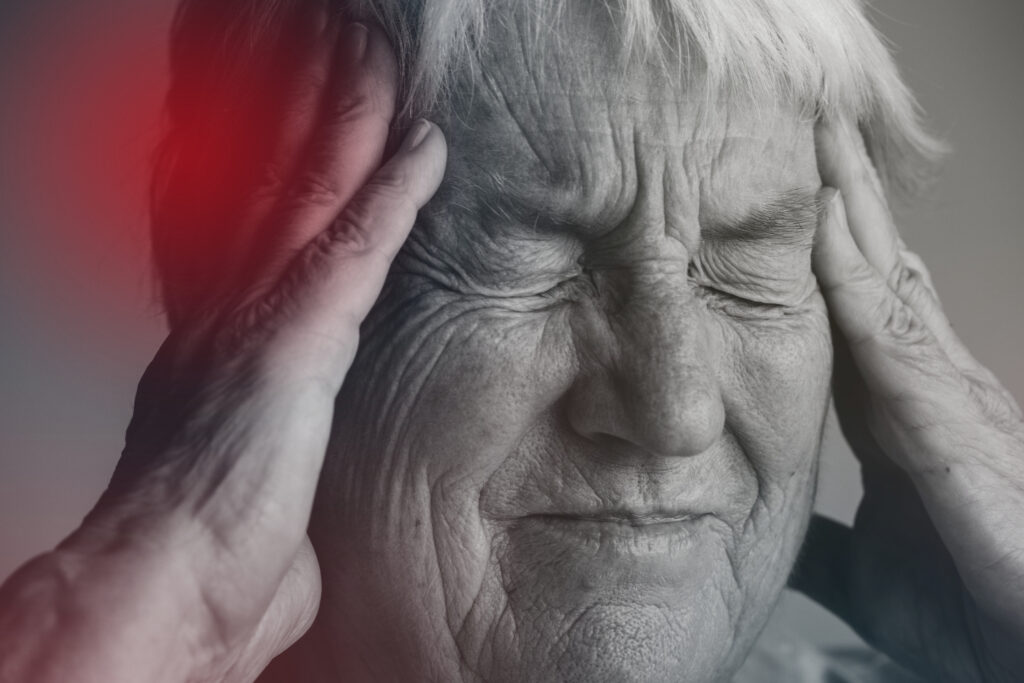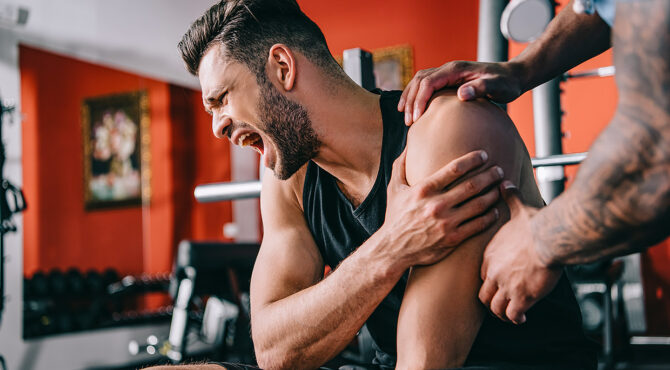You may often find yourself searching for effective ways to manage chronic pain, and exploring natural methods can be a worthwhile endeavor. Techniques like mindfulness and regular exercise not only help alleviate discomfort but also promote overall well-being. Incorporating a healthy diet and herbal remedies can further enhance your approach to pain relief, while therapies such as acupuncture and massage offer deeper benefits. Curious about how these strategies can fit into your life? The next steps might just surprise you as you uncover practical solutions tailored to your needs.
Mindfulness and Meditation
Mindfulness and meditation can be powerful tools for managing chronic pain. By focusing your attention and eliminating distractions, you create a mental space that allows you to observe your pain without judgment. This practice can help you detach from the constant, nagging thoughts associated with pain, making it feel less overwhelming.
You might start by dedicating a few minutes each day to mindfulness. Find a quiet spot, sit comfortably, and close your eyes. Take deep breaths, concentrating on each inhalation and exhalation. When thoughts about your pain arise, acknowledge them, but gently bring your focus back to your breath. This act of returning your attention cultivates awareness and can help you feel more in control of your experience.
Meditation can also enhance your coping skills. You can try guided meditations specifically designed for pain relief, which often incorporate visualization techniques. Picture yourself surrounded by warmth and comfort, envisioning the pain melting away with each breath. These mental exercises can foster a sense of calm, reducing the anxiety often associated with chronic pain.
Additionally, practicing mindfulness throughout your day can be beneficial. Whether you're eating, walking, or engaging in daily tasks, try to stay present. Notice the sensations in your body, including any pain. By acknowledging your feelings without resistance, you may find that your pain holds less power over you.
Both mindfulness and meditation can lead you to a greater sense of peace and acceptance, transforming your relationship with chronic pain.
Regular Exercise
Incorporating regular exercise into your routine can markedly help manage chronic pain. Engaging in physical activity releases endorphins, your body's natural painkillers, which can alleviate discomfort and improve your mood. You don't have to start with a rigorous workout; even gentle activities like walking, swimming, or yoga can make a significant difference.
Aim for consistency rather than intensity. Establishing a regular exercise schedule helps your body adapt and can gradually increase your strength and flexibility. Start with just 10-15 minutes a day, then build up to 30 minutes or more, depending on what feels right for you. Remember to listen to your body and adjust your routine based on how you feel.
Incorporating variety into your exercise regimen can also keep you motivated. Try out different activities like cycling, dancing, or even tai chi to find what you enjoy most. Not only will this keep your routine fresh, but it'll also work different muscle groups, enhancing your overall physical well-being.
Don't underestimate the power of stretching as part of your exercise routine. Stretching can improve mobility, reduce muscle stiffness, and help prevent injuries.
Incorporating strength training exercises two to three times a week can also enhance your endurance and support joint health.
Healthy Diet
A balanced diet plays an essential role in managing chronic pain. What you eat can influence inflammation, energy levels, and overall well-being, all of which are vital for pain relief. Focus on incorporating whole, nutrient-dense foods into your daily meals. Fresh fruits and vegetables are packed with antioxidants that help combat inflammation. Aim for a colorful plate, as different colors often signify various beneficial compounds.
Don't forget about healthy fats! Omega-3 fatty acids found in fatty fish, flaxseeds, and walnuts can reduce inflammation and may help alleviate pain. You should also prioritize lean proteins, like chicken, turkey, beans, and legumes, as they support muscle repair and growth, which can be beneficial if you're engaging in regular exercise.
Minimize processed foods, sugar, and refined carbohydrates. These can trigger inflammation and exacerbate pain, so it's best to limit their intake. Instead, choose whole grains, such as brown rice, quinoa, and whole-wheat bread, which provide sustained energy without spiking your blood sugar.
Stay hydrated by drinking plenty of water throughout the day. Dehydration can lead to fatigue and may worsen your pain levels.
Finally, consider keeping a food diary to track what you eat and how it affects your pain. This can help you identify foods that may trigger your symptoms and empower you to make informed choices.
Herbal Remedies
Numerous herbal remedies can offer effective support in managing chronic pain. If you're seeking natural alternatives, consider incorporating these powerful herbs into your routine.
Turmeric, known for its anti-inflammatory properties, is a great choice. Curcumin, the active compound in turmeric, may help reduce pain and improve function in conditions like arthritis. You can add turmeric to your meals or take it as a supplement.
Ginger is another fantastic option. This spice has been shown to relieve pain by reducing inflammation. You might enjoy ginger tea or add fresh ginger to your cooking for a tasty way to reap its benefits.
Willow bark has a long history of use for pain relief. Often referred to as "nature's aspirin," it contains salicin, which can help alleviate aches and pains. You can find willow bark in teas or capsules, but make sure to consult with a healthcare professional before starting any new supplement.
Devil's claw is another herbal remedy worth considering. Known for its ability to ease pain and inflammation, it's often used for back pain and arthritis. You can find devil's claw in tinctures or capsules.
Finally, consider using peppermint oil for muscle pain. Its menthol content provides a cooling effect that can soothe discomfort. Dilute peppermint oil with a carrier oil and apply it to the affected area for relief.
Incorporating these herbal remedies into your daily routine may help you manage chronic pain more effectively. Always consult a healthcare professional before starting any new herbal treatment.
Acupuncture
Acupuncture involves inserting thin needles into specific points on your body to help relieve pain.
This ancient practice can stimulate your body's natural healing processes and promote overall well-being.
Many people find significant relief from chronic pain through acupuncture, making it a valuable option for your pain management toolkit.
How Acupuncture Works
Incorporating acupuncture into your wellness routine can help you reconnect with your body and mind.
Benefits for Pain Relief
Exploring acupuncture offers significant benefits for pain relief, making it a powerful tool in your wellness arsenal. One of the most notable advantages is its ability to reduce chronic pain without the need for medication. By stimulating specific points in your body, acupuncture helps release endorphins, your natural painkillers, promoting a sense of well-being.
You'll also find that acupuncture can improve blood circulation, which aids in healing and reduces inflammation. This is particularly beneficial for conditions like arthritis and back pain.
Furthermore, many people experience improved sleep and reduced stress levels after treatment, further supporting your body's ability to cope with pain.
Acupuncture is versatile; it can address various pain types, from migraines to fibromyalgia. Unlike some conventional treatments, it has minimal side effects, making it suitable for long-term use.
You can integrate it with other natural pain relief methods, enhancing your overall results.
Heat and Cold Therapy
When you're dealing with chronic pain, heat and cold therapy can be game changers.
Heat therapy helps relax muscles and improve circulation, while cold therapy reduces inflammation and numbs sharp pain.
Knowing when to alternate between the two can maximize your relief and enhance your overall comfort.
Benefits of Heat Therapy
Heat therapy is a powerful tool for managing chronic pain, offering soothing relief and promoting healing in affected areas. When you apply heat, it increases blood flow, delivering essential nutrients and oxygen to your muscles. This process helps to relax tight muscles and alleviate stiffness, allowing you to move more freely.
Using heat therapy can be particularly effective for conditions like arthritis, back pain, and muscle strains. You can use various methods, such as heating pads, warm towels, or hot baths, to experience these benefits. Just remember to apply heat for about 15 to 20 minutes at a time to avoid skin irritation.
Additionally, heat can improve your overall mood by reducing pain and tension. It encourages the release of endorphins, which are your body's natural painkillers.
Whether you're unwinding after a long day or prepping for an active outing, incorporating heat therapy into your routine can make a significant difference in your comfort level.
Cold Therapy Techniques
Cold therapy is another effective method for managing chronic pain, providing relief by numbing the affected area and reducing inflammation. This technique can be particularly beneficial for conditions like arthritis, muscle strains, or sports injuries.
When you apply cold, you constrict blood vessels, which helps minimize swelling and slows down nerve signals in the area, effectively dulling the pain.
Here are some practical cold therapy techniques you can try:
- Ice Packs: Wrap ice in a cloth or use a commercial ice pack. Apply it to the painful area for 15-20 minutes.
- Cold Compress: Soak a cloth in cold water or use a gel pack. This is great for larger areas or when you need something flexible.
- Frozen Vegetables: A bag of frozen peas or corn can conform to your body's shape, making it a convenient option for cold therapy.
- Cold Baths or Showers: Immersing yourself in cold water can provide relief for widespread pain.
Always make sure to protect your skin from direct ice contact, and listen to your body to avoid overexposure. Cold therapy can be a simple yet effective way to ease your chronic pain.
When to Alternate
Understanding when to alternate between heat and cold therapy can greatly enhance your pain management strategy. Each method has its specific benefits, and knowing when to use one over the other can make a significant difference in your comfort levels.
Use cold therapy, like ice packs, immediately after an injury or during a flare-up. It reduces inflammation and numbs sharp pain. Apply it for about 15-20 minutes at a time, allowing your skin to return to normal temperature before reapplying.
On the other hand, heat therapy, such as heating pads or warm baths, is best for chronic pain or muscle tightness. It promotes blood flow, relaxes muscles, and alleviates stiffness. You can use heat for longer periods, typically 20-30 minutes, as long as it feels comfortable.
When you're unsure, alternate between the two. Start with cold for inflammation and follow up with heat to soothe muscles.
Just remember to listen to your body—if one method worsens your pain, discontinue it. By mastering the timing of heat and cold, you'll find a more effective way to manage your chronic pain naturally.
Massage Therapy
Massage therapy offers a powerful way to alleviate chronic pain and promote relaxation. When you engage in regular massage sessions, you can experience a variety of benefits that help manage pain levels and improve your overall well-being. This hands-on technique not only soothes sore muscles but also enhances blood circulation, which can aid in the healing process.
Incorporating massage therapy into your pain management routine can provide you with:
- Increased flexibility: Stretching and manipulating muscles can lead to greater range of motion.
- Reduced muscle tension: Targeted pressure on specific areas helps release built-up tension.
- Improved mood: The release of endorphins during a massage can elevate your spirits and reduce stress.
- Enhanced sleep quality: By promoting relaxation, massage therapy can help you fall asleep more easily.
With various techniques available, such as Swedish, deep tissue, or trigger point therapy, you can choose the style that best suits your needs.
Whether you visit a professional therapist or practice self-massage, consistency is key. Set aside time in your schedule for this essential self-care routine.
Always listen to your body and communicate your pain levels to your therapist to guarantee a personalized experience.
As you continue with massage therapy, you'll likely find that it not only addresses your chronic pain but also enhances your quality of life.
Adequate Sleep
Getting adequate sleep is essential for managing chronic pain effectively. When you sleep well, your body has the chance to repair itself, reducing inflammation and easing discomfort. Lack of sleep, on the other hand, can heighten your pain sensitivity, making it harder for you to cope with chronic pain.
To improve your sleep quality, start by establishing a consistent sleep schedule. Go to bed and wake up at the same time every day, even on weekends. This helps regulate your body's internal clock, promoting deeper, more restorative sleep.
Create a calming bedtime routine that signals your body it's time to wind down. This may include activities like reading, meditating, or taking a warm bath.
Make your bedroom a sleep-friendly environment. Keep the room cool, dark, and quiet. Consider using blackout curtains or a white noise machine to block out distractions. Investing in a comfortable mattress and pillows can also make a significant difference in your sleep quality.
Limit your exposure to screens before bedtime, as the blue light emitted can disrupt your natural sleep cycle. Instead, opt for relaxing activities that don't involve electronics.
Additionally, watch your caffeine and alcohol intake, especially in the evening. Both can interfere with your ability to fall and stay asleep.
Essential Oils
Essential oils can be a powerful ally in managing chronic pain.
You'll want to explore some of the top essential oils known for their pain-relieving properties and learn effective application techniques.
With the right oils and methods, you could find relief in a natural way.
Top Essential Oils
Often overlooked, top essential oils can provide significant relief for chronic pain sufferers. These natural remedies not only help alleviate discomfort, but they can also enhance your overall well-being.
By incorporating essential oils into your daily routine, you might find a soothing solution to your pain management issues.
Here are some of the most effective essential oils for chronic pain relief:
- Lavender: Known for its calming properties, lavender oil can help reduce stress and tension that often accompany chronic pain.
- Peppermint: This invigorating oil has menthol, which acts as a natural analgesic, providing a cooling sensation that can soothe sore muscles and headaches.
- Eucalyptus: With its anti-inflammatory properties, eucalyptus oil can assist in reducing swelling and improving circulation, which is beneficial for pain relief.
- Ginger: Often used for its warming effects, ginger oil can help ease joint pain and inflammation, making it a great option for those with arthritis.
Incorporating these essential oils into your life may open new doors to managing chronic pain more effectively.
Application Techniques
To effectively harness the benefits of the previously mentioned essential oils for chronic pain relief, knowing the right application techniques is key.
First, consider topical application. Mix a few drops of your chosen essential oil with a carrier oil like coconut or jojoba oil. This dilution helps prevent skin irritation. Apply the mixture directly to the affected area and massage gently. This not only helps the oil penetrate your skin but also improves blood circulation, which can ease pain.
Another effective technique is inhalation. Add a few drops of essential oil to a diffuser, or simply place a drop on a cotton ball and inhale deeply. This method allows the oil's therapeutic properties to enter your bloodstream quickly, providing almost immediate relief.
You can also try a warm compress. Add a few drops of essential oil to a bowl of warm water, soak a cloth, and place it over the painful area. The warmth combined with the oil can enhance relaxation and pain relief.
Experiment with these techniques to find what works best for you, and remember to consult a healthcare professional if you have concerns about using essential oils.
Stress Management Techniques
Managing stress effectively is essential for anyone seeking chronic pain relief naturally. Chronic pain often triggers stress, creating a vicious cycle that can intensify your discomfort. By implementing stress management techniques, you can break this cycle and improve your overall well-being.
One effective method is mindfulness meditation. Taking a few minutes each day to focus on your breath and observe your thoughts can help you cultivate a sense of calm and reduce anxiety.
Additionally, deep breathing exercises can be beneficial. When you feel stress creeping in, pause and take several slow, deep breaths to ground yourself.
Regular physical activity is another powerful tool. Whether it's going for a walk, practicing yoga, or engaging in a favorite sport, movement releases endorphins, which can elevate your mood and distract you from pain.
Finally, don't underestimate the power of social support. Spending time with friends or family can provide emotional relief, reminding you that you're not alone in your journey.
Here are some key techniques to reflect on:
- Mindfulness Meditation: Focus on the present moment to reduce anxiety.
- Deep Breathing Exercises: Slow, deep breaths can calm your mind and body.
- Regular Physical Activity: Engage in movement to boost your mood and alleviate pain.
- Social Support: Connect with loved ones for emotional encouragement.
Conclusion
By incorporating these 10 natural methods into your routine, you can take control of your chronic pain and enhance your overall well-being. Mindfulness, exercise, and a healthy diet play vital roles, while therapies like acupuncture and massage offer targeted relief. Don't underestimate the power of sleep, essential oils, and stress management techniques to support your journey. With commitment and the right strategies, you can find relief and improve your quality of life. Start today!



